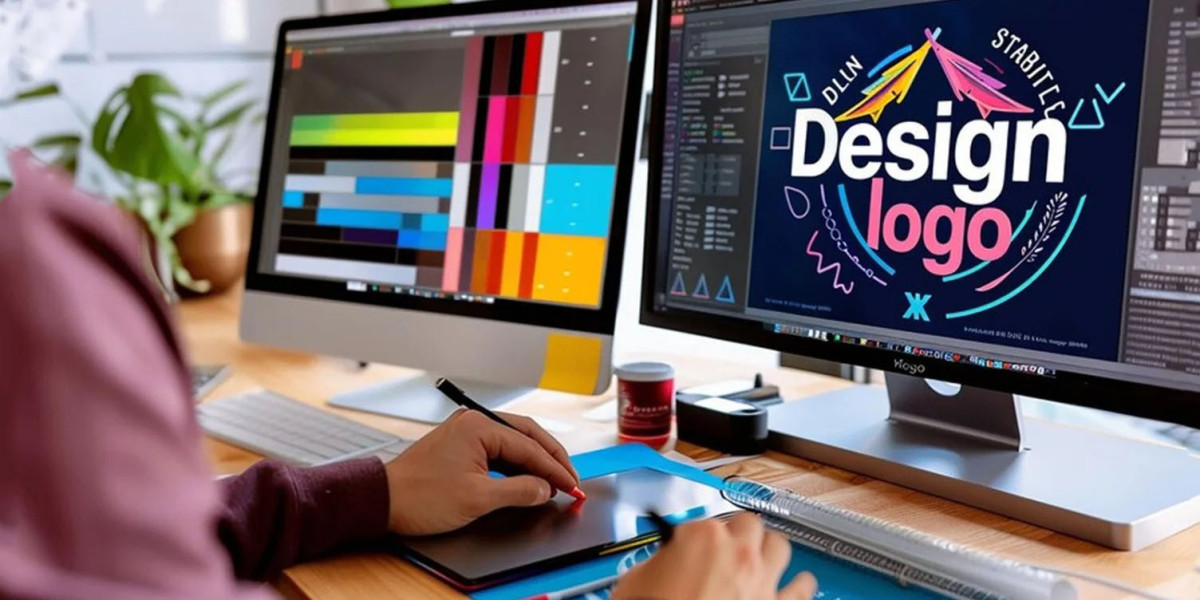Introduction
Tired of paying $15-$50 every time you need to convert logo to PES embroidery file? What if you could create these embroidery-ready files yourself - for free or at minimal cost? While professional digitizing delivers the best results, many logos can be successfully converted at home when you learn how to properly convert logo to PES embroidery file.
This complete guide will show you everything you need to convert logo to PES embroidery file yourself, including:
3 free methods to convert logo to PES embroidery file without special software
The best budget programs (under $100) for reliable conversions
How to prepare your logo file for the cleanest PES conversion
Common mistakes people make when they convert logo to PES embroidery file (and how to avoid them)
When it's still worth paying a professional instead of DIY
Whether you're a small business owner wanting branded apparel, a crafter personalizing gifts, or a DIY enthusiast looking to expand your skills, these methods will help you convert logo to PES embroidery file without breaking the bank.
Understanding Logo Conversion Basics
What Makes a Good Embroidery Logo?
Successful embroidery logos typically:
Use simple, bold shapes
Have limited colors (3-5 maximum)
Avoid tiny details (text smaller than 1/4")
Work as single-color versions
Why Most Logos Need Adjustments
Common issues requiring edits:
Overly thin lines won't stitch well
Gradients don't translate to thread
Complex shapes may need simplification
Small text becomes unreadable
Method 1: Free Online Converters
Best For:
One-time conversions
Simple logos
Quick turnaround needs
Recommended Tools:
MyEditor Online
Converts SVG/PNG to PES
Basic stitch settings adjustment
File size limit: 2MB
OnlineEmbroidery
Multiple format support
Color reduction options
Watermark on free version
Step-by-Step Process:
Clean your logo file (remove backgrounds)
Save as high-resolution PNG (minimum 1000px)
Upload to converter website
Select PES as output format
Download and test stitch
Limitations:
Little control over stitch types
No underlay stitches added
Quality varies significantly
Method 2: Free Software Options
Best For:
Frequent conversions
More control over results
Willingness to learn basics
Top Free Programs:
Ink/Stitch (with Inkscape)
Professional-grade results
Complete control over stitches
Steeper learning curve
SewArt Free Version
Easier interface
Good for simple shapes
Watermarked output
Conversion Workflow:
Install software (Inkscape + Ink/Stitch extension)
Import logo file
Trace/vectorize if needed
Assign stitch types to elements
Set density and underlay
Export as PES
Pro Tip:
Start with the built-in auto-digitize function, then manually adjust problem areas.
Method 3: Affordable Paid Software
Best Under-$100 Options:
Embrilliance Essentials ($79)
Intuitive interface
Good auto-digitizing
Basic editing tools
SewWhat-Pro ($65)
Mac compatible
Clean simple workflow
Limited advanced features
Advantages Over Free Tools:
Better stitch optimization
More format options
Ability to save presets
Generally more reliable output
Preparing Your Logo File
Ideal File Characteristics:
Vector format (SVG, AI, EPS)
Clean paths (no broken lines)
Distinct color areas
Minimum 1/4" detail size
Pre-Conversion Edits:
Simplify complex elements
Combine overlapping shapes
Remove unnecessary details
Adjust line weights
Minimum 1mm for satin stitches
2mm+ for fill areas
Convert text to paths
Prevents font issues
Allows size adjustments
Step-by-Step Conversion Using Ink/Stitch
Detailed Walkthrough:
Install Inkscape (free vector program)
Add Ink/Stitch extension (free download)
Import your logo (File > Import)
Trace bitmap if needed (Path > Trace Bitmap)
Assign stitch types:
Satin stitches for text/outlines
Fill stitches for large areas
Set parameters:
Density: 0.35mm-0.45mm
Underlay: Zigzag recommended
Export as PES (Extensions > Ink/Stitch > Export)
Testing and Troubleshooting
First Stitch-Out Checklist:
Use scrap fabric similar to final product
Check all design elements stitched
Verify color changes happen correctly
Look for puckering or gaps
Common Issues and Fixes:
Problem: Thread breaks
Solution: Reduce stitch density
Problem: Fuzzy details
Solution: Change to satin stitches
Problem: Fabric puckering
Solution: Add more underlay
When to Hire a Professional
Consider paying for digitizing when:
Your logo has intricate details
You need small text (under 1/4")
Working with difficult fabrics
The logo is for commercial use
You need multiple size variations
Free Alternative: Community Help
Options for Free Professional Help:
Facebook embroidery groups (members often help)
Reddit r/MachineEmbroidery
University fashion programs (students may assist)
Maintaining Quality on a Budget
Cost-Saving Strategies:
Create multiple versions at once
Learn basic editing to modify existing files
Trade services with other crafters
Look for seasonal software sales
FAQ
Can I convert any logo to PES for free?
Most simple logos can be converted free, but complex designs may need professional help.
How small can text be in embroidery?
Minimum recommended is 1/4" (6mm) for readability.
Why does my converted logo look different?
Embroidery has physical limitations that affect how designs translate from digital art.
What's the easiest method for beginners?
Online converters are simplest, while SewArt offers the most user-friendly software option.
Conclusion
Converting your logo to PES format without a digitizer is absolutely possible for many designs. While professional digitizing delivers superior results for complex logos, the free and low-cost methods covered here can produce perfectly acceptable files for personal projects and small businesses.
Start with the simplest method that meets your needs, and gradually build your skills. Remember that even professional digitizers often need 2-3 attempts to perfect a design - so don't get discouraged if your first try isn't perfect.
With practice and the right tools, you'll be creating quality PES files yourself, saving money and gaining creative control over your embroidered projects. Happy stitching!


